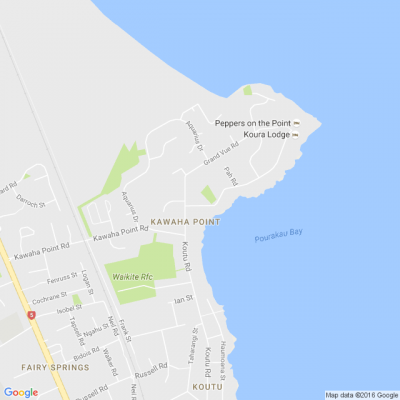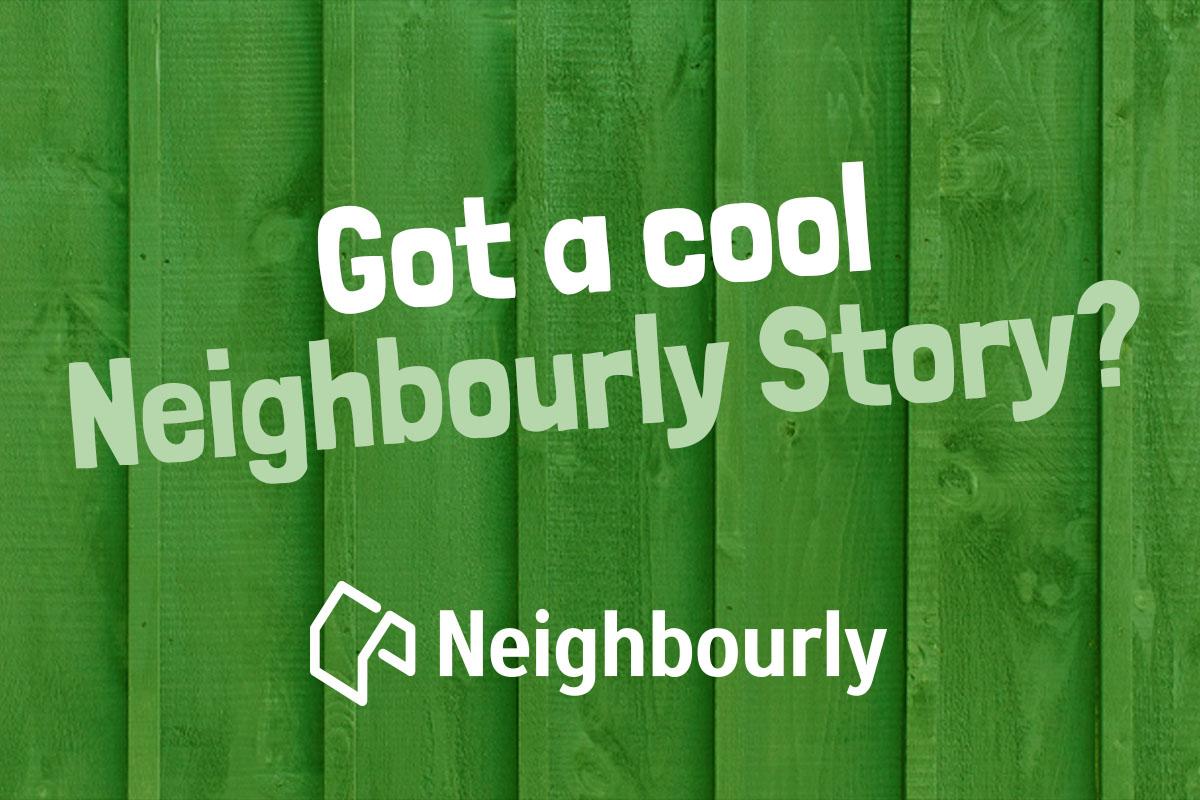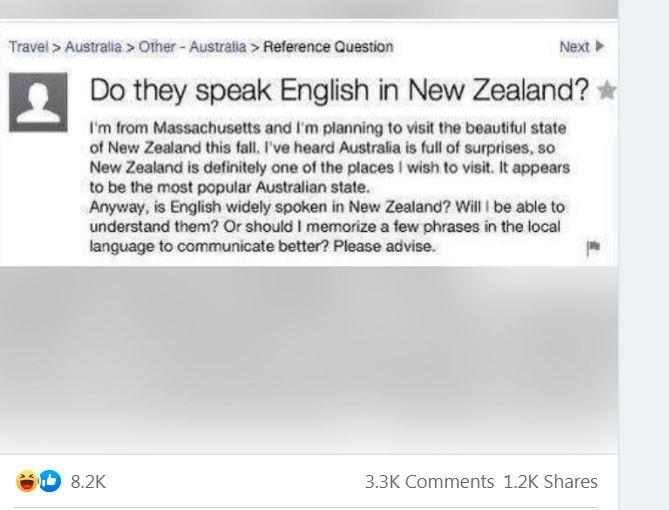
Know what’s happening
Access the private noticeboard for verified neighbours near you. Keep informed about any suspicious activity, send urgent updates to your neighbours when required and discuss emergency planning.
Get to know your neighbours
Browse the directory and start getting to know your neighbours. Don’t want to post to the whole neighbourhood? Send a private message.
Buy, sell and give away
Want to declutter your garage? Buy some used household items? Give away some garden stuff? Become a verified neighbour to browse and post items for sale. Trading is simple when everyone lives nearby.


Got something to swap or sell?
Head to Market if you need to buy or list uniforms, books or bikes.

Thank you for using Neighbourly
You may receive an email confirmation for any offer you selected. The associated companies will contact you directly to activate your requests.
As we have seen with the flooding in New South Wales and Queensland in Australia, climate can pose a significant threat to our homes!
Thousands of people have been evacuated, and many made homeless as a result of the floods. Our homes are often our most significant investments, and the cost of … View moreAs we have seen with the flooding in New South Wales and Queensland in Australia, climate can pose a significant threat to our homes!
Thousands of people have been evacuated, and many made homeless as a result of the floods. Our homes are often our most significant investments, and the cost of these events can be devastating!
Using the Climate Insights residential property tool, you can identify any risks that your home may face in the future with a changing climate. This information, along with adaptation options, allows you to prepare!

231 replies (Members only)
Putting a tasty and nutritious meal in front of our families each night is important for many of us, but with work, school, and activities in the way, it can also become a stressful chore.
Dinner Sorted delivers a week's worth of delicious, satisfying recipes that should please the whole … View morePutting a tasty and nutritious meal in front of our families each night is important for many of us, but with work, school, and activities in the way, it can also become a stressful chore.
Dinner Sorted delivers a week's worth of delicious, satisfying recipes that should please the whole family, sent to your inbox on Saturday mornings. As a bonus you'll also get our Weekend Baking collection, perfect for filling the baking tins, lunchboxes, or just that 4pm gap.
Subscribe by 5pm on 4 April and go in the draw to win a 65" Sony TV. For details and T&Cs see here.
Sign up here (it's free!).
Find out more

The Team from Neighbourly.co.nz
Sold something in record time? Reunited with a furry friend? Or maybe you formed a friendship with a neighbour? We'd love to hear about it.
Tell us your best Neighbourly story and you could win a prize from our spot prize cupboard. We’re looking for stories from our member's … View moreSold something in record time? Reunited with a furry friend? Or maybe you formed a friendship with a neighbour? We'd love to hear about it.
Tell us your best Neighbourly story and you could win a prize from our spot prize cupboard. We’re looking for stories from our member's experiences with Neighbourly. It doesn't have to be anything momentous; some of the simplest stories are the most heart-warming.
Share your story

Lorna Thornber Reporter from Stuff Travel
Hi everyone,
With overseas tourists set to return to NZ shortly, we're looking at doing a light-hearted piece on the odd questions Kiwis have been asked about NZ. You may have seen the post doing the rounds on social media at the moment asking whether English is spoken here and suggesting NZ … View moreHi everyone,
With overseas tourists set to return to NZ shortly, we're looking at doing a light-hearted piece on the odd questions Kiwis have been asked about NZ. You may have seen the post doing the rounds on social media at the moment asking whether English is spoken here and suggesting NZ is a state of Australia (see below). Have you ever been asked anything surprising about NZ? Feel free to message me or comment below. Please put 'NFP' (not for publication) in your comment if you do not want it or your name included in the article. Thanks very much for your help and happy travels.

83 replies (Members only)
The Team from Resene ColorShop Rotorua
Transform plain serving boards into pastel-toned works of art with a few Resene testpots. Graphic prints and geometric patterns are a big trend for summer. Take your outdoor entertaining to the next level by painting an array of wooden serving boards in pretty sorbet colours from Resene. Structured… View moreTransform plain serving boards into pastel-toned works of art with a few Resene testpots. Graphic prints and geometric patterns are a big trend for summer. Take your outdoor entertaining to the next level by painting an array of wooden serving boards in pretty sorbet colours from Resene. Structured lines or a paint-brush riot – anything goes!
Find out how to create your own.

The Team from NZ Compare
Now, more than ever, a great broadband connection is vital to all Kiwis! Our lives have changed so much over the past few years with many of us now working from home.
Hyperfibre delivers insane speeds that most Kiwis can’t even imagine! Whether it’s for work, study, streaming or playing … View moreNow, more than ever, a great broadband connection is vital to all Kiwis! Our lives have changed so much over the past few years with many of us now working from home.
Hyperfibre delivers insane speeds that most Kiwis can’t even imagine! Whether it’s for work, study, streaming or playing your favourite video games, Hyperfibre is going to give you the smoothest experience possible.
Feel the need for speed? Hyperfibre has launched on Broadband Compare. Go check it out now and see if it's right for you!

Mia from Pukehangi - Mangakakahi
Negotiable
Mia from Pukehangi - Mangakakahi
See TradeMe Auction
www.trademe.co.nz...
Negotiable
Mia from Pukehangi - Mangakakahi
please see TradeMe ad www.trademe.co.nz...
Negotiable
More than 400 weather stations around the world exceeded their record temperatures last year!
As one of the hottest years to date, there is an urgency to adapt our homes to these extreme events! Using resilient building materials can mitigate the effect of these events!
Check out our … View moreMore than 400 weather stations around the world exceeded their record temperatures last year!
As one of the hottest years to date, there is an urgency to adapt our homes to these extreme events! Using resilient building materials can mitigate the effect of these events!
Check out our residential property report for insight into your property’s potential risks in the future!

60 replies (Members only)
Haven Falls are very blessed to be opening their new branch in Rotorua.
Located at 271 Old Taupo Road, Rotorua these facilities offer a large chapel, dining hall and extended off road parking.
We invite you at anytime to pop in and speak with one of our team members and have a look around … View moreHaven Falls are very blessed to be opening their new branch in Rotorua.
Located at 271 Old Taupo Road, Rotorua these facilities offer a large chapel, dining hall and extended off road parking.
We invite you at anytime to pop in and speak with one of our team members and have a look around the facilities offered.
We operate 24 hours 7 days a week.
0800 428366
Learn more

Ashleigh from Neighbourly.co.nz
A state of emergency has been declared for locations on the East Coast. Check out this morning's breaking news from Stuff.co.nz.
- Severe flooding hits the Tolaga Bay and Tokomaru Bay areas of Tairāwhiti.
- Two contractors are trapped near Anaura Bay, and a rescue operation is underway.
… View moreA state of emergency has been declared for locations on the East Coast. Check out this morning's breaking news from Stuff.co.nz.
- Severe flooding hits the Tolaga Bay and Tokomaru Bay areas of Tairāwhiti.
- Two contractors are trapped near Anaura Bay, and a rescue operation is underway.
- Tairāwhiti Civil Defence has ordered the evacuation of residents in the Mangatuna area north of Gisborne.
- The Hikuwai River reached 12.8 metres after 3am, a level higher than in flooding in 2020.
- State Highway 35 from Gisborne to Ōpōtiki, is closed because of flooding, slips and washouts.
- Power is out for around 755 customers in the Tokomaru Bay area.
- There are multiple slips in Tolaga Bay Gorge, with flooding across the road making it suitable only for four-wheel drives.
- Gisborne Civil Defence manager Ben Green told RNZ the rainfall overnight was almost "biblical".
- At least seven households have been evacuated.
- Rainfall is still heavy and there is more to come across the region, potentially another 150mm today.
- Parts of Bay of Plenty could also expect more than 200mm of rain to fall today.
For further information on the evolving situation, click here.

 Loading…
Loading…
Are you sure? Deleting this message permanently removes it from the Neighbourly website.
 Loading…
Loading…
© Neighbourly 2025
